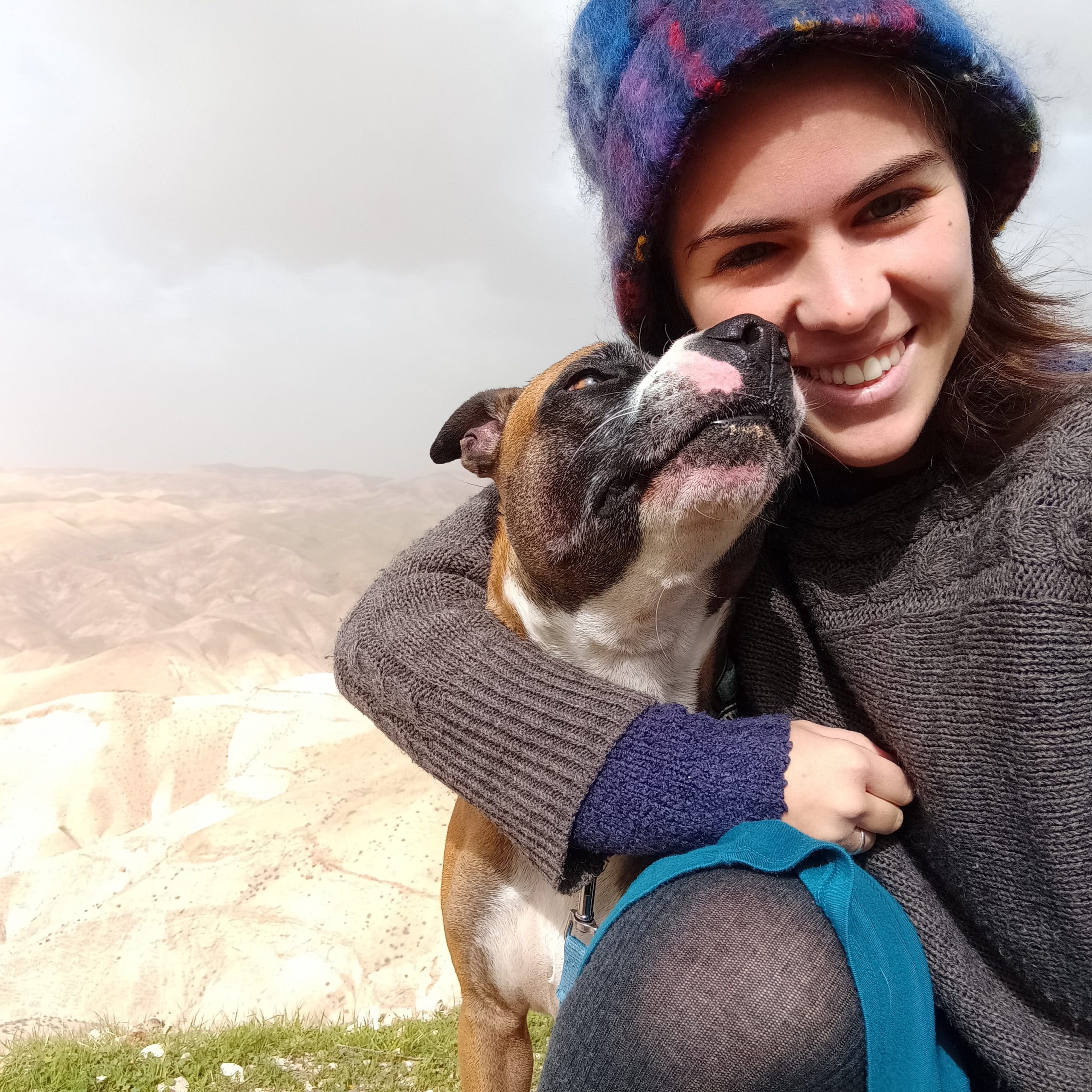השיעור היום מקודש על ידי אלקסיס רוסוף טריבי לזכר נשמת ג’ניפר רוסוף, מלכה מנוחה בת מאיר ואסתר חיה ז”ל ועל ידי בט פוקס לזכר נשמת אביה, אקוורד פוקס, עזרא חיים בן זאב וסלובא ז”ל בשלושים לפטירתו.
אם יש פרצה בקיר של המבוי, האם זה מונע משימוש בלחי או קורה להתיר טלטול במבוי? באיזה גודל פרצה זה בעייתי והאם זה תלוי באיזה קיר ואיפה נמצא הפרצה? יש סוגים שונים של מבואות – מבוי מפולש, מבוי סתום ומבוי עקום. מה הדין בתיתר טלטול בכל סוג? במקרה של מחלוקות בין שני רבנים, האם אפשר לקחת את החומרות של שניהם? לפי הברייתא זה נראה כמשהו לא מומלץ, מצד שני בעניין מבוי עקום בנהרדע פסקו כחומרת רב ושמואל בשני מחלוקות בעניין מבוי.



















